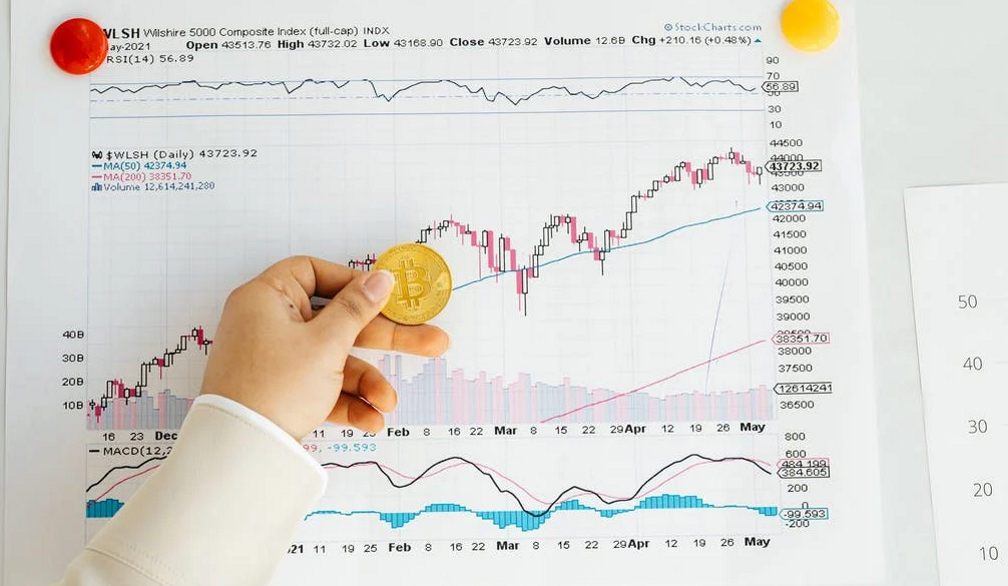How to use the currency carry trade strategy
- Written by NewsServices.com

What is carry trade currency? Carry trade is a popular strategy involving borrowing money in a low-interest currency and investing it in a higher-interest currency. The investor hopes to make a profit from the difference in interest rates, as well as from any appreciation in the value of the high-interest currency.
There are a few things to keep in mind when using this strategy:
1. Choose your currencies carefully. Ensure you understand the interest rate differential between the two currencies and the political and economic risks involved.
2. Borrow only what you can afford to repay. Remember that you will be responsible for repaying the loan with interest, even if the value of the high-interest currency falls.
3. Consider using a stop-loss order. This will help limit your losses if the value of the high-interest currency falls sharply.
4. Be prepared to hold your positions for the long term. Currency carry trades can take months or even years to play out.
What is a Currency Carry Trade?
What is carry trade is when you borrow money in a currency with a low-interest rate and use that money to buy another currency with a higher interest rate. So, for example, if you borrow Japanese Yen at a low-interest rate and use that money to buy Australian Dollars, you would use the currency carry trade strategy.
People use this strategy mainly because they can profit from the difference in interest rates (the "carry"). But, of course, risks are also involved – in the currencies move against you, you could lose money.
Why Use Carry Trades?
There are two main reasons why people use carry trades:
1) To make a profit from the interest rate differential
2) To hedge against currency risk
Making a Profit from the Interest Rate Differential
The most common reason for using carry trades is to try and make a profit from the interest rate differential. For example, if you think Japanese interest rates will stay low, you could borrow Yen and use that money to buy Australian Dollars. Then, if everything goes according to plan, you'll make a profit from the difference in interest rates.
Of course, there is always the risk that the currencies will move against you, and you'll end up losing money. However, carry trading can be very profitable if you carefully select your trades and manage your risk.
Hedging Against Currency Risk
Another common reason for carry trades is to hedge against currency risk. For example, if you're an Australian exporter selling goods to Japan, you might want to hedge against the risk of a falling Yen. You could borrow Yen and use that money to buy Australian Dollars. Then, if the Yen falls in value, you'll make a profit on your currency trade.
Of course, there is always the risk that the currencies will move against you, and you'll end up losing money. However, if you're careful about selecting your trades and managing your risk, carry trading can be a very effective way to hedge against currency risk.
Currency Carry Trade Risks
There are two main risks associated with carry trading:
1) The risk of currency fluctuations
2) The risk of interest rate changes
The Risk of Currency Fluctuations
What is carry trade? The biggest risk when carry trading is the risk of currency fluctuations. If the currencies move against you, you could end up making a loss on your trade. For example, if you borrow Yen and use that money to buy Australian Dollars, but then the Yen strengthens against the Aussie Dollar, you'll lose.
To manage this risk, it's important to be careful about selecting your trades and always use stop-loss orders. By doing this, you can limit your losses if the currencies move against you.
The Risk of Interest Rate Changes
Another risk when carrying trade is the risk of interest rate changes. If the interest rates in the country you're borrowing from go up, you'll have to pay more interest on your loan. So, for example, if you borrow Yen at a low-interest rate and use that money to buy Australian Dollars, but then Japanese interest rates rise, you'll have to pay more interest on your Yen loan.
To manage this risk, it's important to be aware of the potential for interest rate changes and to adjust your trade accordingly. For example, if you think that there's a chance that Japanese interest rates could rise, you could consider selling some of your Australian Dollars and using the proceeds to pay off part of your Yen loan.
Limitations of Carry Trades
One of the limitations of carry trades is that they can be difficult to execute in practice. This is because you need to find a currency pair where the interest rate differential is large enough to make a profit but not so large that the risk of currency fluctuations is too high.
Another limitation of carry trades is that speculators often use them rather than long-term investors. This is because carry trades are typically only profitable if the underlying currency pair doesn't move much. As a result, carry trades are often associated with high levels of risk.
Picking the Right Currencies for Your Carry Trade
If you're interested in carry trading, there are a few things you need to consider when picking the right currencies for your trade.
You first need to consider the interest rate differential between the two currencies. If the currencies move against you, you could make a loss.
Another thing to consider is the volatility of the two currencies. If the currencies are volatile, it's more likely that your stop-loss orders will be triggered, which could result in a loss.
Finally, you also need to consider the liquidity of the two currencies. The more liquid the currency pairs are, the easier it will be to trade them.
Currency Carry Trade Summary
The currency carry trade is a strategy that involves borrowing money in a currency with low-interest rates and using that money to buy another currency. The trade aims to earn the interest rate differential between the two currencies.
While some risks are associated with carry trading, it can be a very effective way to hedge against currency risk. However, it's important to be careful about selecting your trades and managing your risk.







